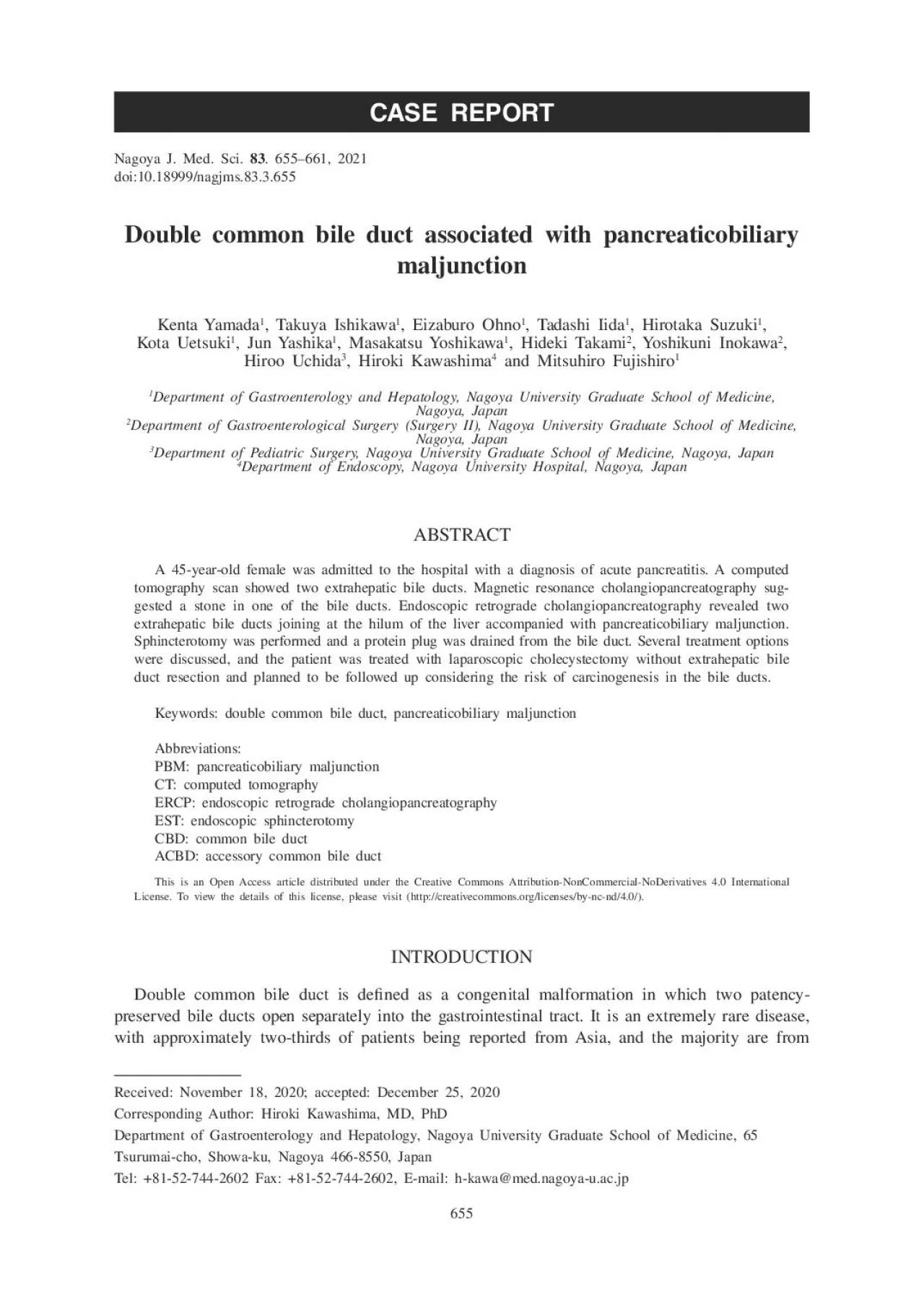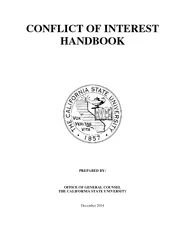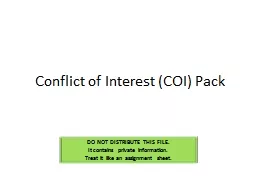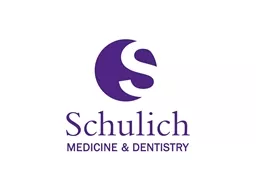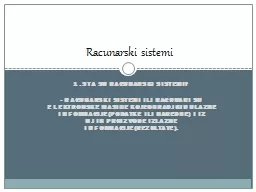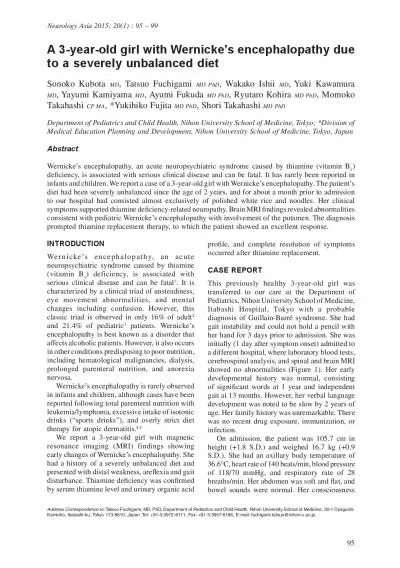PDF-CONFLICT OF INTEREST STATEMENTThere are no con30ict of interest sta
Author : thomas | Published Date : 2022-08-24
661 Double common bile duct with PBM 660 patients with double common bile duct 16 34 of whom had PBM concomitantly Of the 16 gallbladder cancer was found in 7 44
Presentation Embed Code
Download Presentation
Download Presentation The PPT/PDF document "CONFLICT OF INTEREST STATEMENTThere are ..." is the property of its rightful owner. Permission is granted to download and print the materials on this website for personal, non-commercial use only, and to display it on your personal computer provided you do not modify the materials and that you retain all copyright notices contained in the materials. By downloading content from our website, you accept the terms of this agreement.
CONFLICT OF INTEREST STATEMENTThere are no con30ict of interest sta: Transcript
Download Rules Of Document
"CONFLICT OF INTEREST STATEMENTThere are no con30ict of interest sta"The content belongs to its owner. You may download and print it for personal use, without modification, and keep all copyright notices. By downloading, you agree to these terms.
Related Documents

